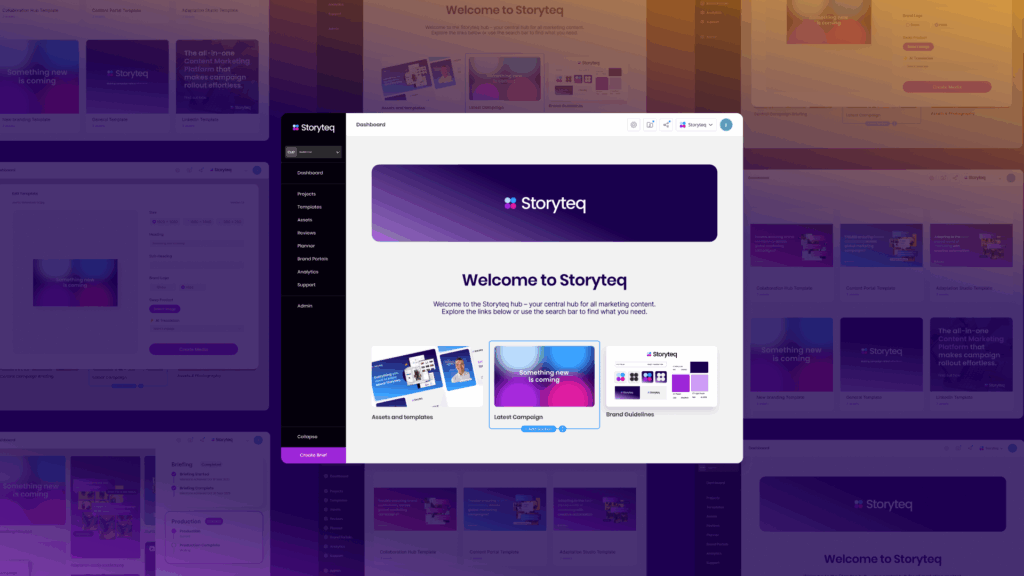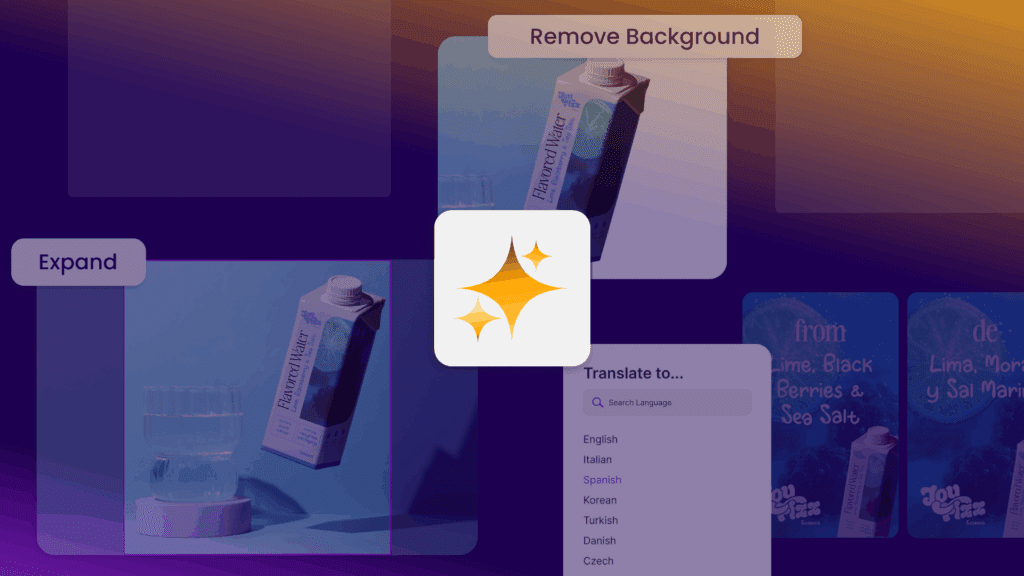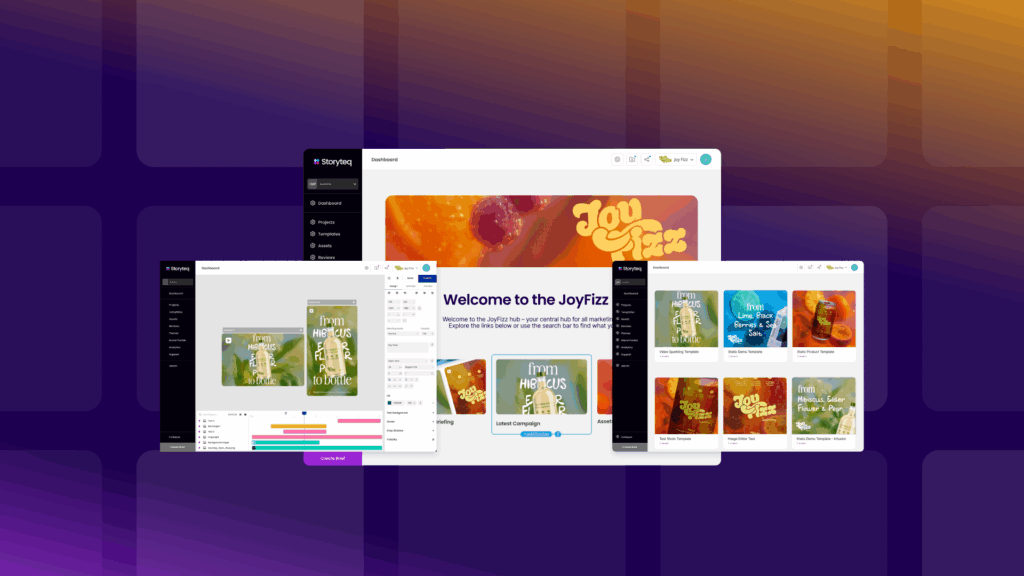AI content creation tools have revolutionised how businesses produce and manage marketing materials at scale. The industries benefiting most include retail, media, e-commerce, financial services, and enterprise corporations with global markets. These sectors leverage AI tools to generate personalised content efficiently while maintaining brand consistency across channels. By automating repetitive content tasks, these industries can redirect creative talent toward strategy and innovation, resulting in faster production cycles and more targeted messaging for diverse audience segments.
How Are Enterprise Brands Leveraging AI Content Creation?
Enterprise brands are using AI content creation tools to maintain brand consistency while scaling their content production across global markets. Large companies with international presence leverage these solutions to automate repetitive tasks in their content workflows, enabling them to produce thousands of variations quickly while ensuring brand guidelines are followed precisely.
One of the primary ways enterprises implement AI-powered content creation is through creative automation platforms that centralise brand assets and templates. This approach allows marketing teams across different regions to generate localised content without starting from scratch each time. Teams can adjust languages, images, text formats, and specifications in seconds rather than days.
Post-production AI has proven particularly valuable for enterprise brands, handling tasks like auto-resizing, background removal, and image swaps. This technology enables enterprises to:
- Create consistent on-brand content across multiple channels and markets
- Reduce production time from weeks to minutes for campaign variations
- Free creative teams to focus on high-level strategic work
- Respond quickly to market trends with fresh content
Enterprise brands also use AI content tools to streamline approval workflows, helping marketing teams collaborate more efficiently. This centralised approach to content creation and management enables global consistency whilst allowing for local relevance—a critical balance for multinational corporations managing complex brand architectures.
Which Sectors See the Highest ROI From Automated Content Production?
The sectors experiencing the most significant returns from AI-powered content automation include retail, financial services, entertainment, and hospitality industries. These sectors benefit from automation’s ability to personalise content at scale while reducing production costs and accelerating time-to-market for campaigns.
Retail companies see exceptional ROI through AI content creation that enables them to produce seasonal campaign variations, product descriptions, and promotional materials tailored to different customer segments. For retailers with thousands of products and frequent promotions, AI automation dramatically reduces the resource burden of content production.
Financial services firms benefit by using AI to create compliant marketing materials across different regulatory environments. The ability to maintain strict compliance while efficiently producing educational content, service information, and promotional materials across multiple channels delivers substantial cost savings.
The entertainment industry leverages AI content tools to promote releases across different markets with localised materials. By automating adaptation processes, entertainment companies can simultaneously launch campaigns globally with content that resonates locally.
Hospitality brands utilise automated content production to create personalised offers and communications for loyalty programme members. This targeted approach improves conversion rates and customer retention, directly impacting revenue.
These industries particularly benefit from AI content automation during major global events like Valentine’s Day, Christmas, or Black Friday, when rapid scaling of promotional activities is essential for capturing market share.
How Does AI Transform Content Workflows for E-commerce Businesses?
AI transforms e-commerce content workflows by enabling online retailers to create product descriptions, promotional materials, and personalised shopping experiences at scale. This automation helps e-commerce businesses maintain quality standards while producing the high volume of content needed to support extensive product catalogues.
For product descriptions, AI tools can generate unique content for thousands of items based on technical specifications and brand voice guidelines. This eliminates the bottleneck of manual writing while ensuring consistency across the catalogue. The technology can also help create variations for different marketplace platforms, each with their own format requirements.
In promotional content creation, e-commerce businesses use AI to:
- Generate dynamic email marketing content tailored to user behaviour
- Create multiple variations of banner ads for testing
- Develop seasonal campaign materials across different formats
- Produce social media content optimised for each platform
AI-powered personalisation enables e-commerce brands to deliver individualised shopping experiences by automatically generating content based on customer data. This includes personalised product recommendations, tailored landing pages, and customised promotional offers.
The most significant workflow transformation comes from modular content approaches, where AI helps break campaigns into components that can be mixed and matched. This allows e-commerce teams to test, optimise, and deliver personalised content quickly, improving conversion rates through more relevant customer experiences. You can learn more about modular content creation that makes e-commerce personalisation scalable.
Why Are Media Companies Adopting AI for Content Generation?
Media companies are adopting AI content generation to supplement production, optimise distribution, and create personalised user experiences at scale. These organisations face unprecedented demand for content across multiple platforms, making automation tools essential for maintaining output while controlling costs.
News outlets use AI to generate routine content like financial reports, sports recaps, and weather updates. This frees journalists to focus on investigative reporting and feature stories that require human insight and creativity. The technology helps media companies expand coverage without proportionally increasing staff.
Publishers leverage AI content tools to optimise existing content for different platforms. Rather than manually reformatting articles for websites, mobile apps, social media, and newsletters, automation handles these adaptations. This ensures consistent messaging while respecting the format requirements of each channel.
Entertainment companies use AI to create personalised content recommendations and promotional materials. By analysing user preferences, these tools help media companies deliver more relevant content experiences, improving engagement and subscription retention.
For content distribution, media organisations employ AI to determine optimal publishing schedules and channel selection. This data-driven approach maximises audience reach and engagement by ensuring content appears at the right time on the right platform.
The combination of AI-assisted content creation and smart distribution enables media companies to serve niche audiences that might otherwise be uneconomical to reach, expanding their market while maintaining quality standards.
How Can Regulated Industries Safely Implement AI Content Solutions?
Regulated industries like financial services, healthcare, and legal sectors can safely implement AI content solutions by adopting compliance-focused approaches that maintain regulatory adherence while leveraging automation benefits. These industries must balance innovation with strict governance requirements.
The foundation of safe AI implementation in regulated environments begins with choosing platforms that offer robust compliance controls. Look for solutions with:
- Comprehensive audit trails for content creation and approval
- Role-based permissions that restrict who can create or modify content
- Template controls that lock regulated language or disclaimers
- Version history and archiving capabilities for documentation
Financial services firms can implement AI content automation by creating pre-approved content modules that comply with regulations. These building blocks can then be assembled into various communications while maintaining compliance. This modular approach allows for personalisation within safe parameters.
Healthcare organisations benefit from AI content tools that maintain patient privacy while automating educational materials. By establishing clear boundaries for automation and maintaining human oversight, these institutions can safely scale their content production.
Legal services can use AI to generate standardised documentation while preserving attorney review for critical components. This hybrid approach maintains professional standards while improving efficiency.
For all regulated industries, implementing a multi-stage approval workflow within the AI content platform ensures compliance. This typically includes subject matter expert review, legal approval, and final sign-off before publication.
The key to successful implementation is viewing AI content tools as assistants rather than replacements for human judgment in compliance matters.
Conclusion
As we’ve explored, AI content creation tools offer significant advantages across multiple industries, from enterprise brands seeking global consistency to e-commerce businesses scaling product content. The technology particularly benefits sectors with high-volume content needs, strict regulatory requirements, or personalisation demands.
The most successful implementations focus not on replacing creative teams but on freeing them from repetitive tasks to focus on strategy and innovation. By automating mundane aspects of content production, organisations across industries can produce more relevant, timely content while maintaining quality and brand standards.
Looking ahead, the divide between industries that embrace AI content automation and those that don’t will likely widen. At Storyteq, we’ve seen how our end-to-end creative marketing platform helps global brands deliver campaigns more efficiently through automation, allowing for personalised, on-brand content at scale. Whether you’re in retail, finance, media, or another sector, the right AI-powered content solution can transform your marketing efficiency and effectiveness.



